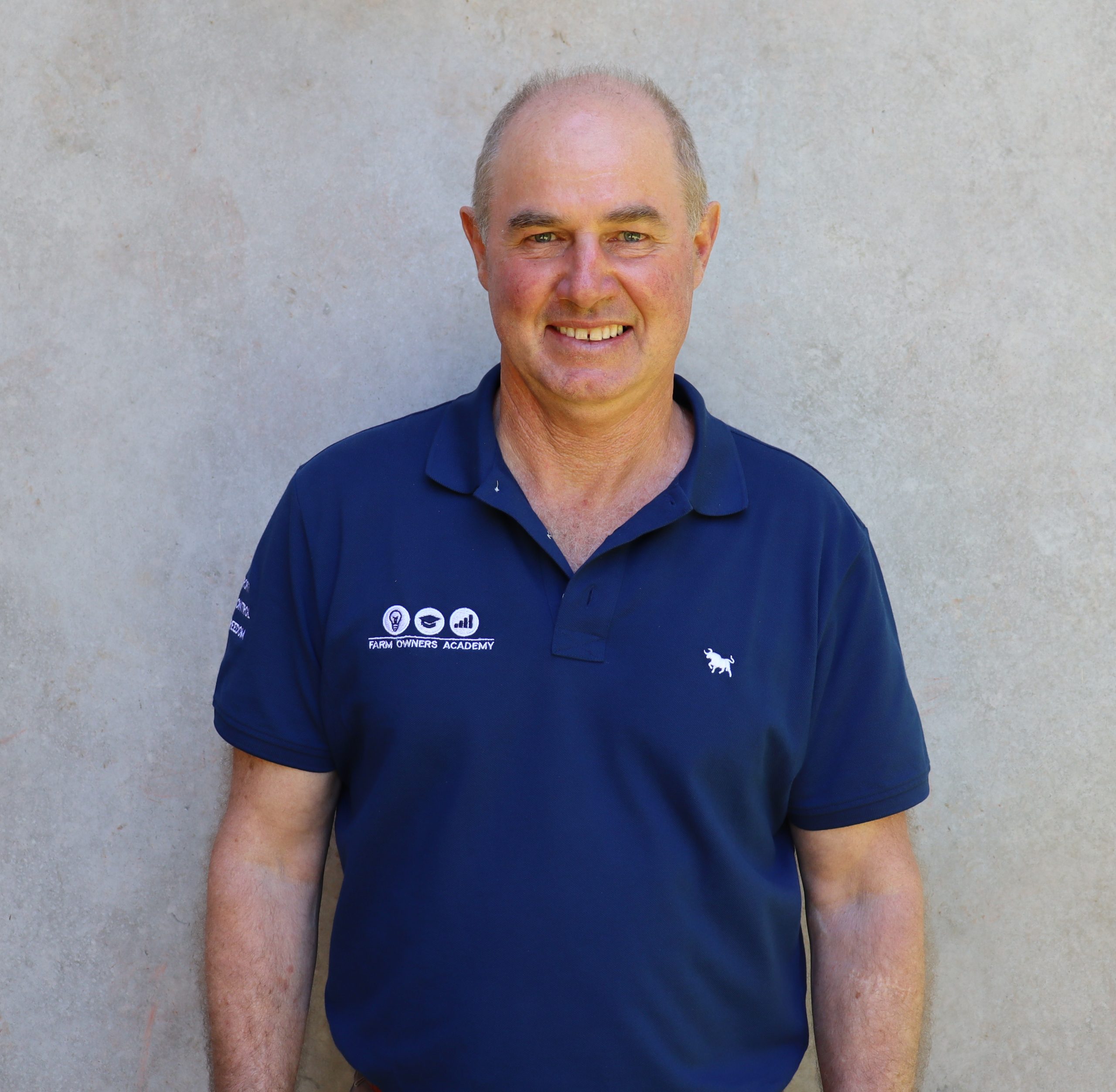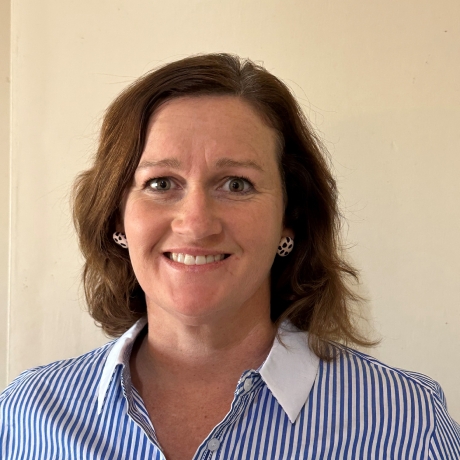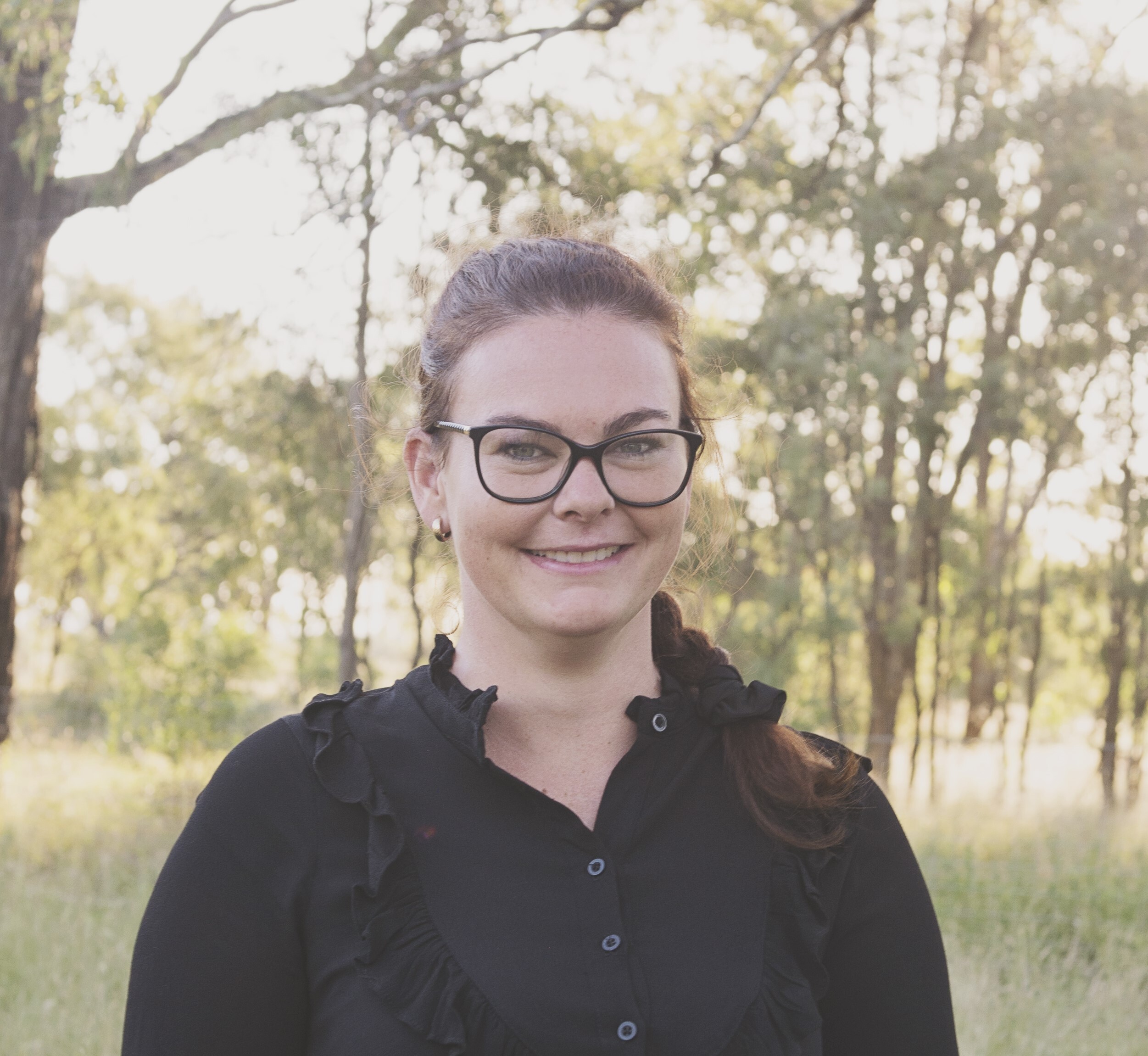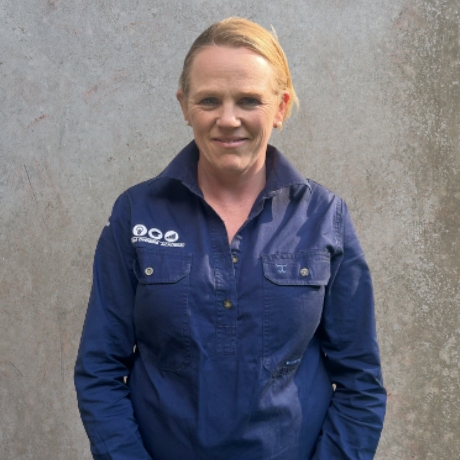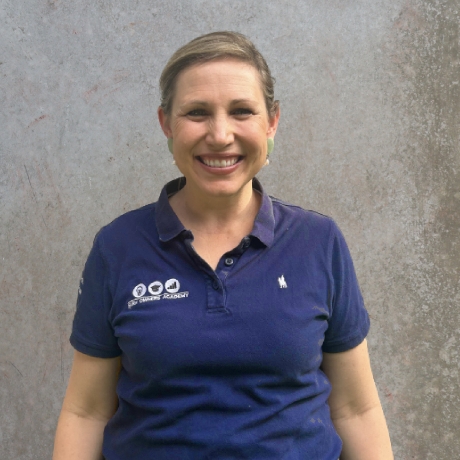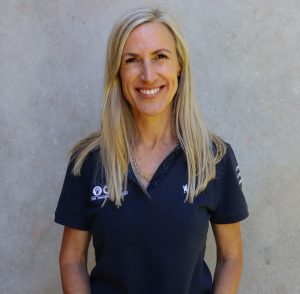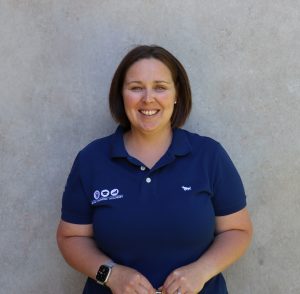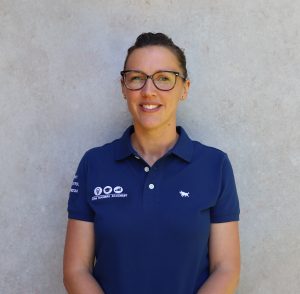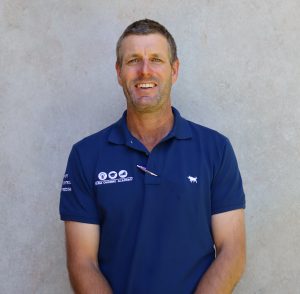Most farmers struggle with profits.
Even if your revenues are high, you can still lose money after all your costs, interest payments, and other expenses are paid out.
Like our student Travis..
In the 2014/2015 year, he and his brother had a great revenue on the farm – $2.12Million.
But they actually lost money that year. After they paid back the bank interest, it eroded their profits which led to a NEGATIVE return on equity (-4.2%).
The bottom line: despite high revenue, they ended up LOSING $57,000 in profit that year.
Far out!!
When you’re working so hard on the farm, day in and day out…that’s not a situation any farmer deserves to be in.
Luckily, there are ways to turn it around…
We helped Travis make some changes (which had nothing to do with working harder, by the way) that completely transformed his situation.
Because of these changes, in the 2017/2018 year, his business profit grew to over $500K (a 997% increase…in just three years!)
So how did these farm owners turn things around?
The first thing they did was analyse their numbers.
If Travis didn’t look at his numbers, he’d still be working his backside off for very little return. And that just doesn’t make sense.
In this blog post, you’ll learn about the 3 key financial figures to analyse your results so you can increase profits.
This ties into Take Stock – Step 2 of the TOP Producers Model, the system that helps our students achieve 4.6% higher returns than the average farmer.

The Take Stock step is all about understanding and interpreting your numbers so you can make smart financial decisions from them.
And it all starts by understanding these 3 key financial figures…
The Importance of Tracking Your Numbers
I know what you’re thinking:
“Andrew, I have enough on my plate…do I really need to add one more job in tracking these numbers?”
The answer is “hell yes .” Here’s why…
Think about a pilot…
Even when the flight is smooth, they’re always looking at their dashboard. It’s full of dials that provide feedback – Are we on course? Is the pressure right? Any bad weather up ahead? – which allow them to make good decisions.
Profitable farmers do the same thing. They look at their key financial figures (their “dials”) to measure their businesses and make good decisions going forward.
But don’t worry, you don’t need to study accounting or finance to master this! It starts with just three figures that will help you make profitable decisions in the short-, medium- and long-term…
RELATED PODCAST: Generate More Profit by Getting Your Financial Records in Order
The Cash Flow Statement (Short-Term)
What it is: A snapshot of how much liquid cash you have available
How often to analyse it: Weekly when things are tight, but monthly is ok
There’s a saying: “Sales are vanity, profit is sanity, but cash is reality.”
The Cash Flow Statement tells us what’s going on in the business right now. You can think of this as your ongoing day-to-day budget – it’s the liquid cash you’ve got to play with.
Did you know more businesses fail due to a lack of cash flow than making trading losses? That’s why it’s key to track your cash flow and make sure you always have enough to keep the farm afloat.

I also recommend farmers create a Cash Flow Forecast, where you predict your revenue and expenses for a year. This allows you to roughly predict incoming cash and outgoing cash…so you can spot any bottlenecks before they occur.
For example, let’s say you notice on your Cash Flow Forecast that in July, your costs are very high. You could take action to balance that out by:
- increasing revenue
- decreasing costs, or
- negotiating with a supplier to pay the goods at a later date
Maintaining your Cash Flow Statement really helps you make good decisions and look for cash gaps.
You’ll also get better as you go. Your first year, you might not be very accurate in your predictions and that’s okay! Every year, you’ll learn more by tracking your numbers and you’ll get better at predicting your cash flow.
Profit and Loss Statement (Medium-Term)
What it is: A recording of your true revenue and expenses
How often to analyse it: Yearly and also quarterly. (If you can do it monthly, too, that’s ideal.)
While the Cash Flow Statement focuses on liquid cash, your Profit and Loss Statement takes into account non-cash assets and costs to give you an accurate picture of what the business actually made in profit over a period of time.

I recommend breaking your income down by category, so you can see which crops and products are bringing in the most revenue over time. You may decide to reallocate land to focus on your highest-revenue products and get rid of ones that aren’t bringing in much money.
You’ll also see your true expenses (including things like finance, tax, and FCF) pulled together in one place. This helps you spot any areas where you can reduce your costs…or maybe even eliminate an entire category if you don’t truly need it.
Analysing your Profit and Loss Statement helps you make great future decisions. You can also use the data to update your budgets in the Cash Flow Forecast, so you’ll have even better predictions going forward.
Balance Sheet (Long-Term)
What it is: A statement that records ALL of your assets and liabilities to give you a clear idea of your true Net Worth
How often to analyse it: Yearly (your accountant should provide this to you on an annual basis, which makes it easy!)
Your Balance Sheet totals all the cash in the business account and the value of all the assets (land, plants, livestock, etc.)…
And also includes all of your liabilities (money owed to suppliers, banks, etc.)
This shows your true Net Worth: the equity left over when you take EVERYTHING into consideration.

Your goal is to increase your Net Worth every year.
The Balance Sheet paints a great picture of where you’re going on a long-term basis. It helps you objectively see if you’re improving year on year. It’s also a very good indicator of the ability of the business to cope with poor seasons or prices.
RELATED PODCAST: It’s How You Respond to the Drought that Matters Most
Putting It All Together: What to Track When

So how do these financial figures fit into the farming season? Here’s a quick breakdown:
Start of the Farming Season: Analyse & Plan:
- Set goals
- Project forward:
- Cash Flow Forecast
- Profit and Loss Statement
- Balance Sheet
Each month of the farming season: Implement and Track:
- Monitor Cash Flow
- Profit and Loss Statement (recommended monthly but not required)
After the farming season has finished: Evaluate and see how it compared to your estimates:
- Profit and Loss Statement
- Cash Flow Statement
- Balance Sheet
You’ll use your evaluations from the end of the season to help you project forward at the start of the new season.
It comes back to what I always say…
Sometimes, you need education to change direction instead of motivation to speed up.
When you measure your numbers, you’ll see the full financial picture of what’s really happening on the farm. Then you’ll have the ability to make tweaks that can improve the overall performance of your business.
A profitable farm starts with these 3 simple financial statements.
Don’t just think about tracking your numbers. Let’s DO IT.
Unless you have a system to track and review your numbers, you can’t use this priceless financial information to make better decisions that lead to higher profits.
Inside our Take Control Program, you’ll learn our proven system to track and review your key financial figures – along with spreadsheets and formulas to make it all so simple.
Click here to learn more about Take Control and sign up for the program.




